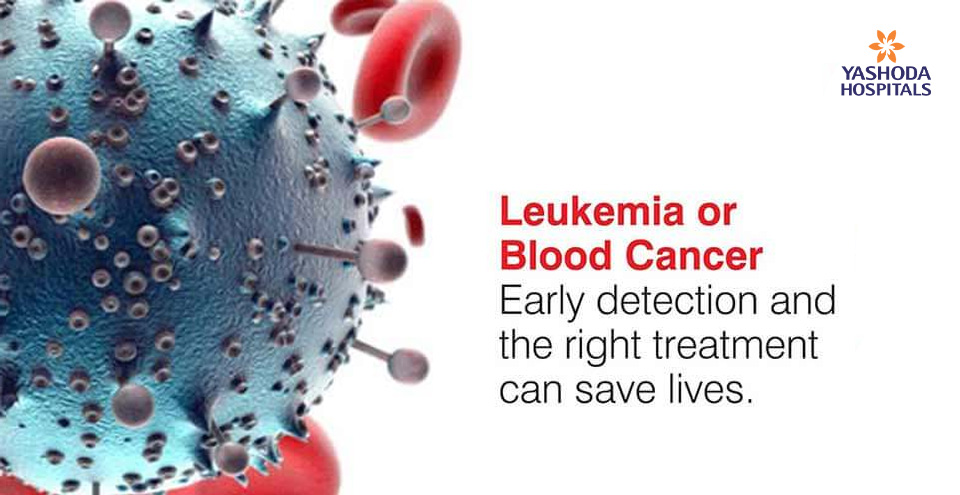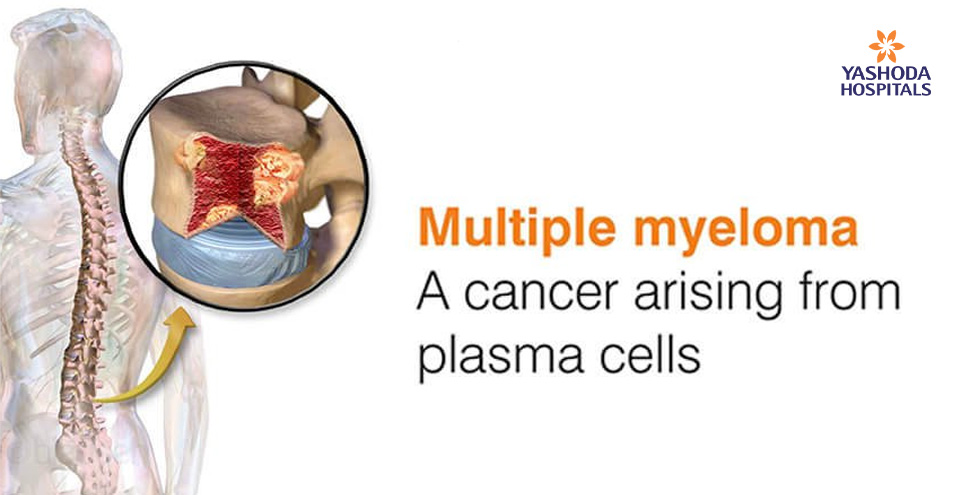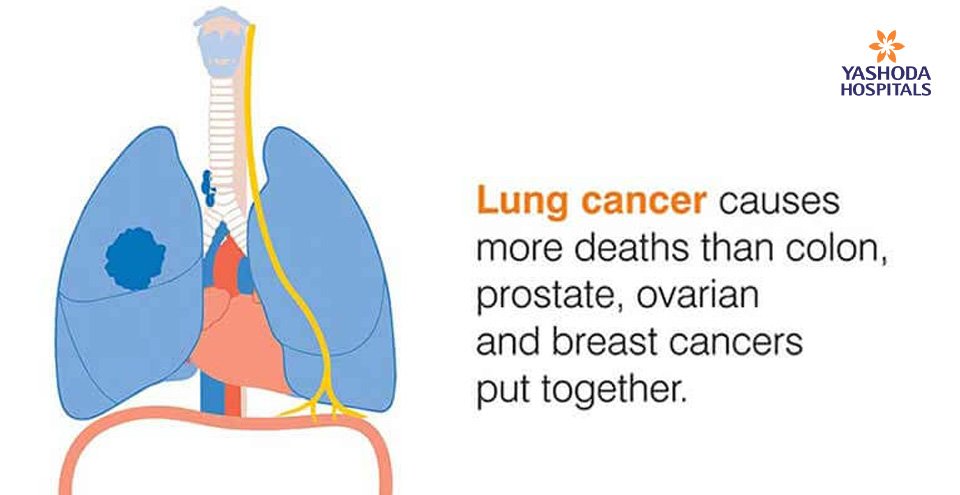How can one survive liver cancer ?
Liver cancer begins in the cells of the liver. The most common type of liver cancer is hepatocellular carcinoma. When the cancer develops in the other parts of the body and spreads to the liver it is called metastatic cancer....
READ MORELeukemia or Blood Cancer Early detection and the right treatment can save lives
Leukemia is commonly called as blood cancer. It is actually the cancer of the body's blood-forming tissues, including the bone marrow and the lymphatic system. Leukemia is seen in adults as well as children. In leukemia...
READ MORECervical Cancer, a Leading Cause of Cancer Mortality Among Women
Cervix is located between the vagina and uterus. Cervical cancer occurs in the cells of the cervix. The human papillomavirus (HPV) is considered as the primary cause for cervical cancer. However, it is not a rule that all women...
READ MOREBrain Tumour Severe headache, blurred vision and loss of sensation may be a sign of brain tumour
Brain tumour occurs due to the growth of abnormal cells in the brain. Brain tumours may be benign (noncancerous), and malignant (cancerous). Brain tumours can originate in the brain. Primary brain tumours originate in the brain,...
READ MOREHow to diagnose and treat Multiple Myeloma?
Multiple myeloma is characterized by the overgrowth of plasma cells in the bone marrow. These plasma cells crowd out the normal blood-forming cells. The plasma cells help in producing antibodies, and in fighting infections. The...
READ MORELung cancer causes more deaths than colon, prostate, ovarian and breast cancers put together
Lung cancer originates in the lungs. Smoking is considered as the possible reason for lung cancer. The nicotine and tar that are present in tobacco are considered to cause cancer. When one smoke, the nicotine and tar remain in...
READ MORE






 Appointment
Appointment WhatsApp
WhatsApp Call
Call More
More

